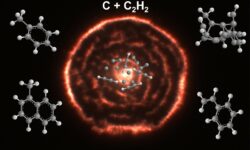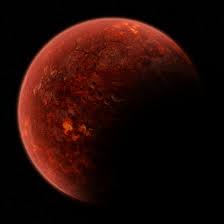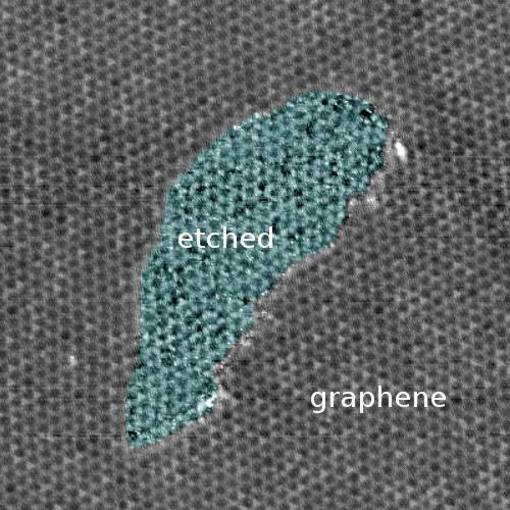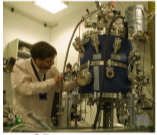INFRA-ICE: SIMULATING THE COSMIC DUST-ICE INTERACTION IN THE INTERSTELLAR MEDIUM (REV. SCI. INSTRUM. 2020)

The last module of Stardust, INFRA-ICE, is ready! This module is dedicated to simulate the chemistry taking place in the densest regions of the interstellar medium, the so-called dense molecular clouds. As such, INFRA-ICE expands the capabilities of Stardust allowing for the complete journey of cosmic dust to be…









